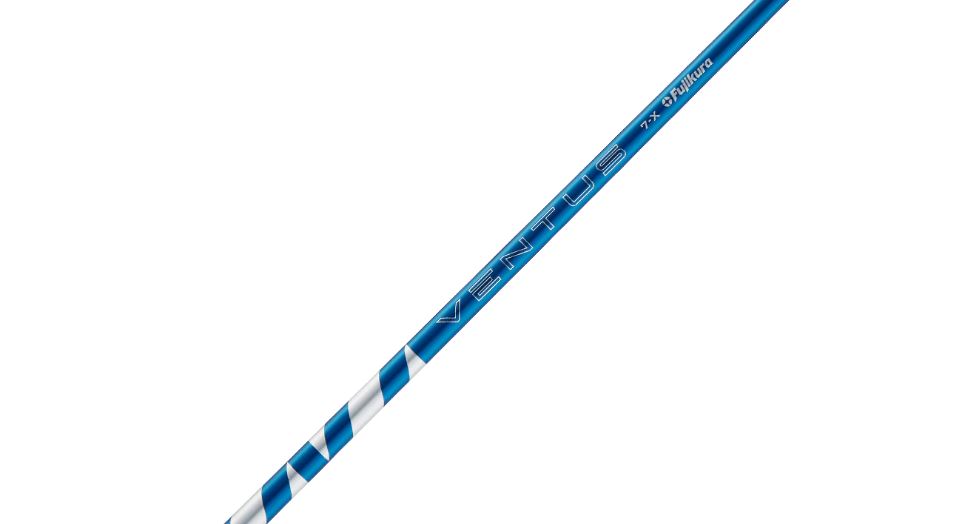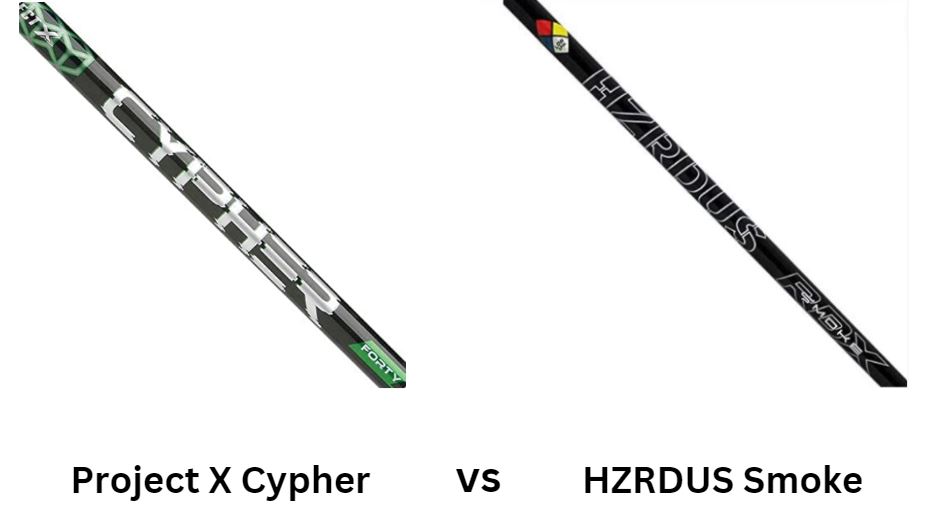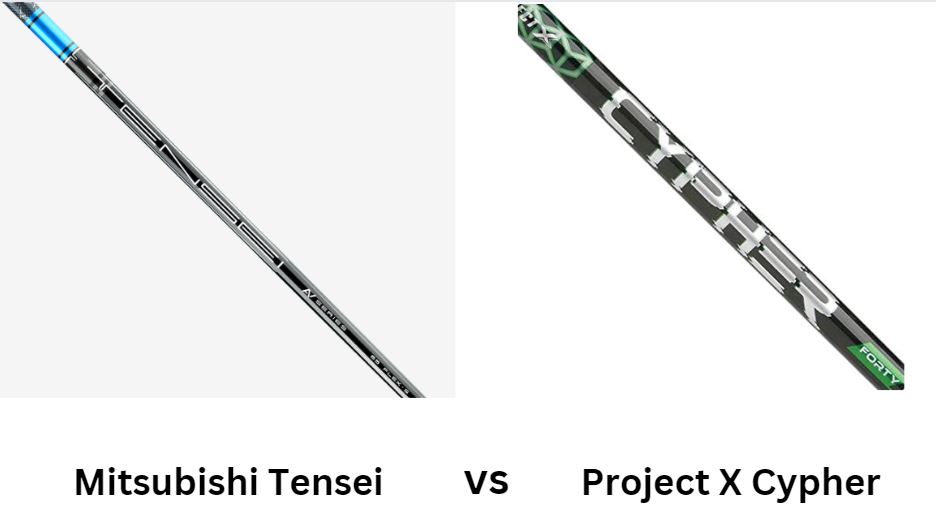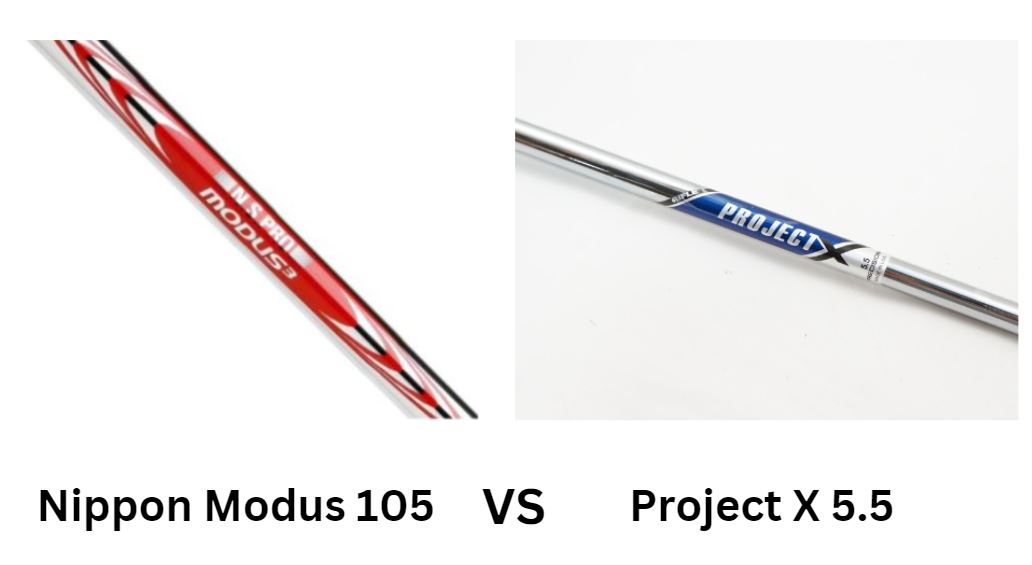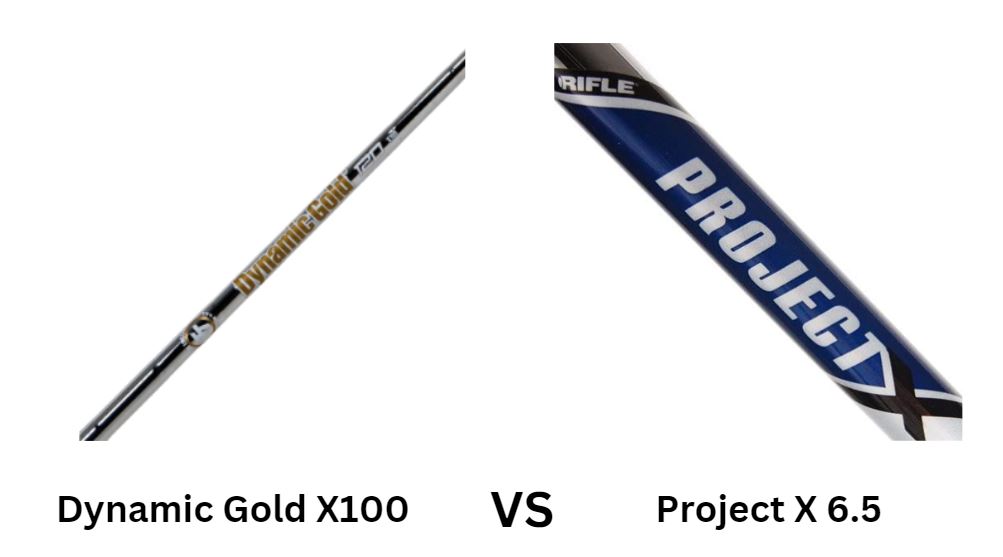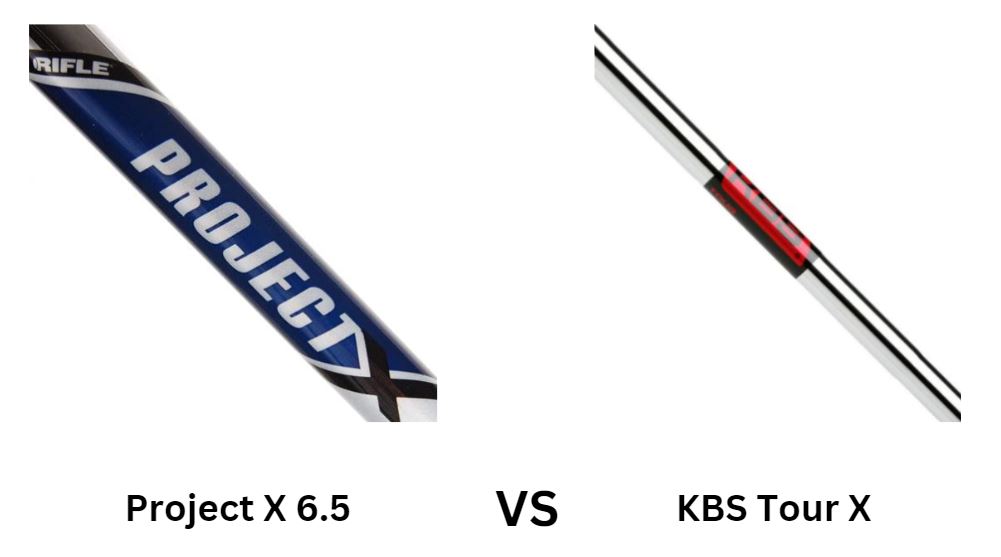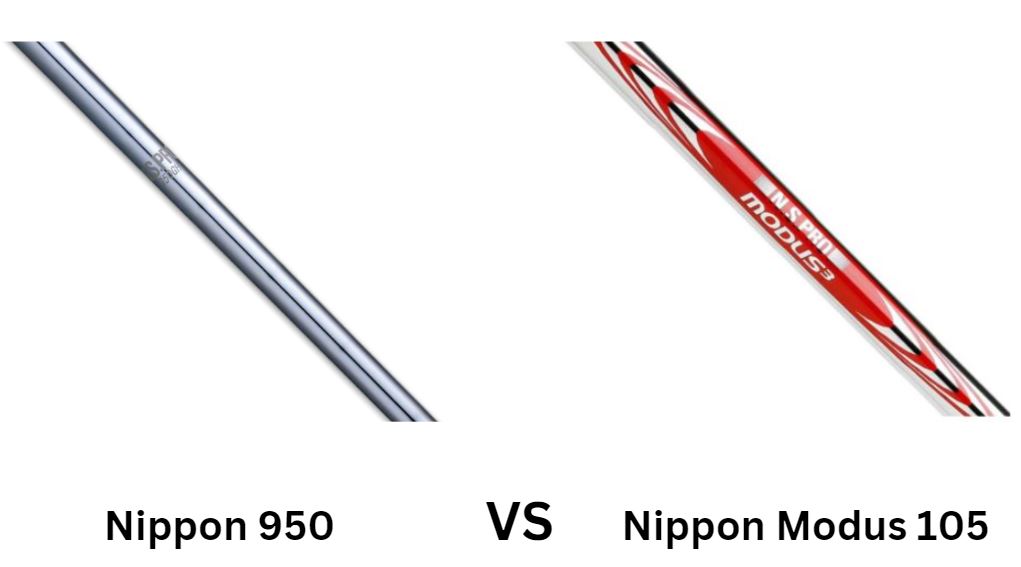Fujikura Speeder Evolution V Review – Specs, Flex, Weight

The Speeder series from Fujikura has been a favorite for fitters and players alike because it provides incredible stability.
Even if you are a fast swing speed player, you have likely at least been handed a Speeder shaft at fitting.
However, the original Fujikura Speeder shaft left some players wanting because of the relatively low launch. In response, Fujikura released the Fujikura Speeder Evolution V. Designed to be a higher launching version of the original Speeder, the Fujikura Speeder Evolution V is built meticulously to feel smoother at transition as well.
We’re not going to try to lie, we don’t quite understand all of the technologies that went into this shaft. But that’s ok because what really matters is how this shaft performs. And you can bet that we got our hands on this shaft and took it out to the driving range for a test session. Read on to learn what we found out about the Fujikura Speeder Evolution V shaft.
Fujikura Speeder Evolution V Overview
According to Fujikura, the Evolution V was made with the most advanced materials ever used for a driver shaft.
They call it intermediate modulus material. What we found to be most interesting about the Fujikura Speeder Evolution V shaft is that it is actually a composite shaft. While it is made up mostly of graphite, there is a certain amount of composite metal to keep things consistent.
Most of us were fans of the original Speeder so we were expecting big things from the Fujikura Speeder Evolution V. The tip actually felt stiffer than the previous Speeder shaft and the transition was actually smoother. Maybe smoother isn’t the right word…the transition felt fluid.
Like it was actively taking your swing energy and helping you unload it into the ball. To be honest, the Fujikura Speeder Evolution V was very fun to test – one of the funnest we’ve ever tested in fact. According to Fujikura, the Evolution V feels so smooth because of something called Engineered Outer Bias Technology. Again, we’re not sure how that affects the shaft but we do know that the claims are mostly backed up by the performance. The Fujikura Speeder Evolution V does allow you to load up as much as you want without getting a noodly feeling and without the transition being too harsh. It’s a great-feeling shaft overall.
Why is Fujikura Speeder Evolution V So Popular?
At first, it was probably because it carried the “Speeder” brand which everyone has come to know and love.
But the Fujikura Speeder Evolution V has maintained popularity because it is an excellent driver shaft for mid to high handicappers. It feels amazing and will be a lot of fun to practice and play with.
How Does the Fujikura Speeder Evolution V Perform?
To our surprise, the Fujikura Speeder Evolution V was producing low spin rates.
According to our launch monitor data, the average spin rate for our entire test session was 2297 RPM. Still, our launch angles were pretty steep so make of that what you will.
Our carry distances were more or less predictable (in the 260 yard range for the most part). And we mentioned that the Fujikura Speeder Evolution V had a fluid feel that transferred swing energy very well. At the same time, it wasn’t inconsistent. Usually, with a graphite shaft that feels so active, you get really inconsistent performance – that wasn’t the case with the Fujikura Speeder Evolution V.
Again, even with an active feel, the tip feels nice and firm so you get better feedback and club head control.
Fujikura Speeder Evolution V Shaft Specs Table
| Specs | Fujikura Speeder Evolution V |
| Weight | 40g, 50g, 60g, 70g |
| Available Flexes | R2, R, SR, X, S, TX |
| Length | 47” |
| Butt | .600 |
| Tip | 2.5” |
What Flexes Are Available? What Swing Speeds Do They Suit?
Tour stiff is available for 105+ MPH players.
Regular would be better for the 90 MPH range and senior regular for senior players.
What Weights Are Available? What Swing Speeds Do They Suit?
If you have a 105+ swing speed, you’ll want the 70g version.
The 60 and 50 gram versions are good for moderate to fast swing speeds while the 50g version should be reserved for anyone swinging the driver below 80 MPH.



